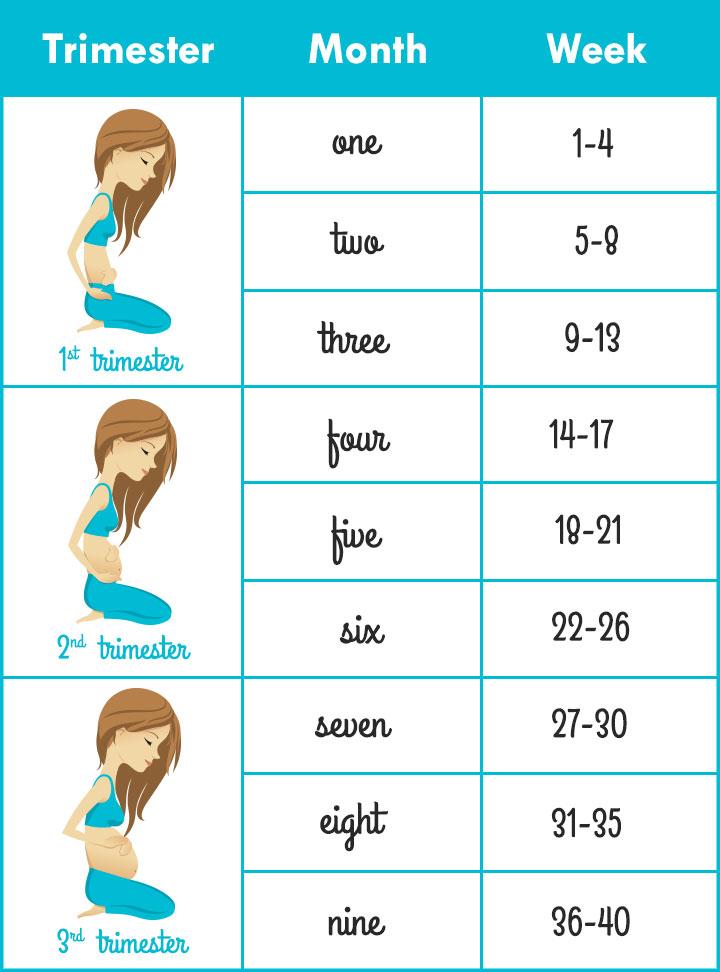
Accurate Pregnancy Calculators: A Comprehensive Guide
Introduction
Pregnancy is a transformative journey that brings immense joy and anticipation. For expectant parents, accurately determining the estimated due date (EDD) is crucial for prenatal care, planning, and preparation. Accurate pregnancy calculators play a vital role in this process, providing a reliable estimate based on the date of the last menstrual period (LMP) or the date of conception. This article delves into the intricacies of accurate pregnancy calculators, exploring their types, limitations, and how to use them effectively.
Types of Pregnancy Calculators
There are two primary types of pregnancy calculators:
- LMP-Based Calculators: These calculators use the date of the last menstrual period (LMP) as the starting point for calculating the EDD. The LMP is the first day of the last menstrual period before conception.
- Conception-Based Calculators: These calculators require the date of conception, which is typically determined through ovulation tracking or assisted reproductive technologies.
Limitations of Pregnancy Calculators
While pregnancy calculators are valuable tools, it’s important to be aware of their limitations:
- Menstrual Cycle Irregularity: Calculators based on the LMP assume a regular menstrual cycle of 28 days. However, many women have irregular cycles, which can affect the accuracy of the EDD.
- Implantation Delay: After conception, it can take several days for the fertilized egg to implant in the uterus. This delay can vary, potentially leading to a slight deviation in the EDD.
- Ovulation Variability: Conception-based calculators rely on accurate ovulation tracking. However, ovulation can vary from month to month, which can impact the accuracy of the EDD.
How to Use Pregnancy Calculators Effectively
To maximize the accuracy of pregnancy calculators, follow these guidelines:
- Use a Reliable Calculator: Choose a calculator from a reputable source, such as the American Pregnancy Association or the National Institutes of Health.
- Provide Accurate Information: Enter the LMP or date of conception as accurately as possible.
- Consider Menstrual Cycle Variability: If your menstrual cycle is irregular, consider using a conception-based calculator or discussing with your healthcare provider.
- Allow for a Range of Dates: Pregnancy calculators provide an estimated due date, but the actual delivery date can vary by a few days.
Additional Factors to Consider
In addition to using a pregnancy calculator, consider the following factors that can influence the EDD:
- Ultrasound: An ultrasound can provide a more precise estimate of the EDD, especially in the early stages of pregnancy.
- Prenatal Care: Regular prenatal care allows your healthcare provider to monitor your pregnancy and adjust the EDD if necessary.
- Medical History: Certain medical conditions, such as polycystic ovary syndrome (PCOS), can affect ovulation and the accuracy of pregnancy calculators.
Conclusion
Accurate pregnancy calculators are valuable tools for estimating the expected due date. However, it’s essential to understand their limitations and use them in conjunction with other factors, such as ultrasound and prenatal care. By following the guidelines outlined in this article, expectant parents can maximize the accuracy of their EDD and prepare for the arrival of their little one with confidence.